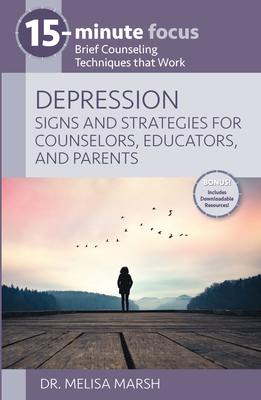
Wesselmann, Debra
product information
description
use, neglect, or a history of a difficult foster or orphanage experience can lead to profound emotional dysregulation and mistrust in children. Working with these children--many of whom have experienced multiple traumas and losses--can feel overwhelming. Clinicians must navigate complex case management decisions and referrals, address the needs of parents and schools, not to mention ameliorate the traumatic memories and severe behaviors that present in the kids.
But by working as a collaborative team, EMDR and family therapists can, together, strengthen the parent-child attachment bond and help to mend the early experiences that drive the child's behavior. This book, and its accompanying Parent Manual, are intended to serve as clear and practical treatment guides, presenting the philosophy and step-by-step protocols behind the Integrative Team Treatment approach, so both the family system issues and the child's traumatic past are effectively addressed. You need not be a center specializing in attachment trauma to implement this team model, nor must members of the team practice at the same location. With at least one fully-trained EMDR practitioners as part of the two-person team, any clinician can pair with another to implement this treatment approach, and heal children suffering from attachment trauma.
But by working as a collaborative team, EMDR and family therapists can, together, strengthen the parent-child attachment bond and help to mend the early experiences that drive the child's behavior. This book, and its accompanying Parent Manual, are intended to serve as clear and practical treatment guides, presenting the philosophy and step-by-step protocols behind the Integrative Team Treatment approach, so both the family system issues and the child's traumatic past are effectively addressed. You need not be a center specializing in attachment trauma to implement this team model, nor must members of the team practice at the same location. With at least one fully-trained EMDR practitioners as part of the two-person team, any clinician can pair with another to implement this treatment approach, and heal children suffering from attachment trauma.
Also available is the accompanying parent's guide, Integrative Parenting: Strategies for Raising Children Affected by Attachment Trauma, filled with effective techniques to help challenging children with traumatic pasts
member goods
No member items were found under this heading.
notems store

Integral Psychology: Consciousness, Spirit, Psychology, ...
by Wilber, Ken
Paperback /Paperback$19.46
Return Policy
All sales are final
Shipping
No special shipping considerations available.
Shipping fees determined at checkout.






